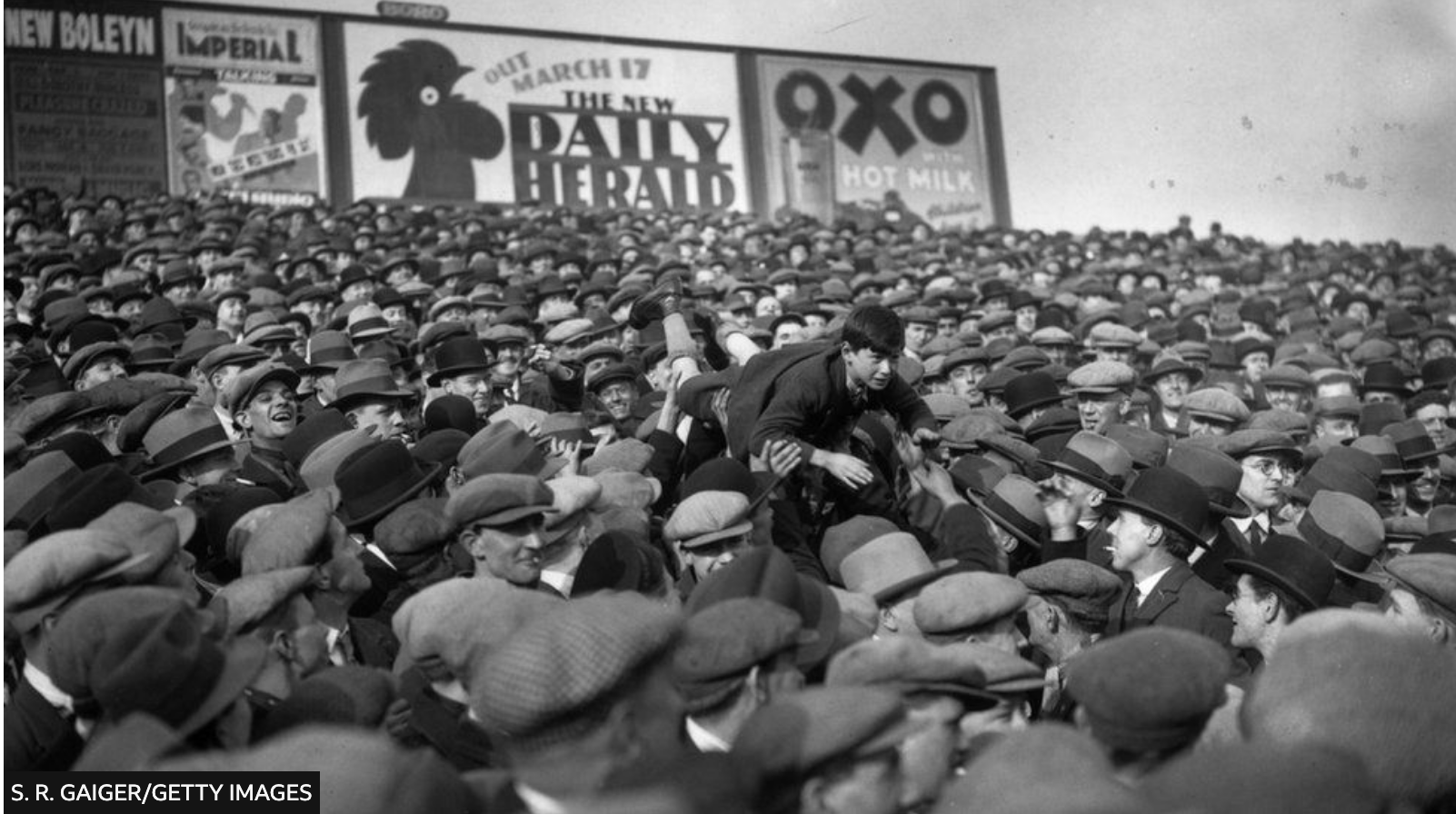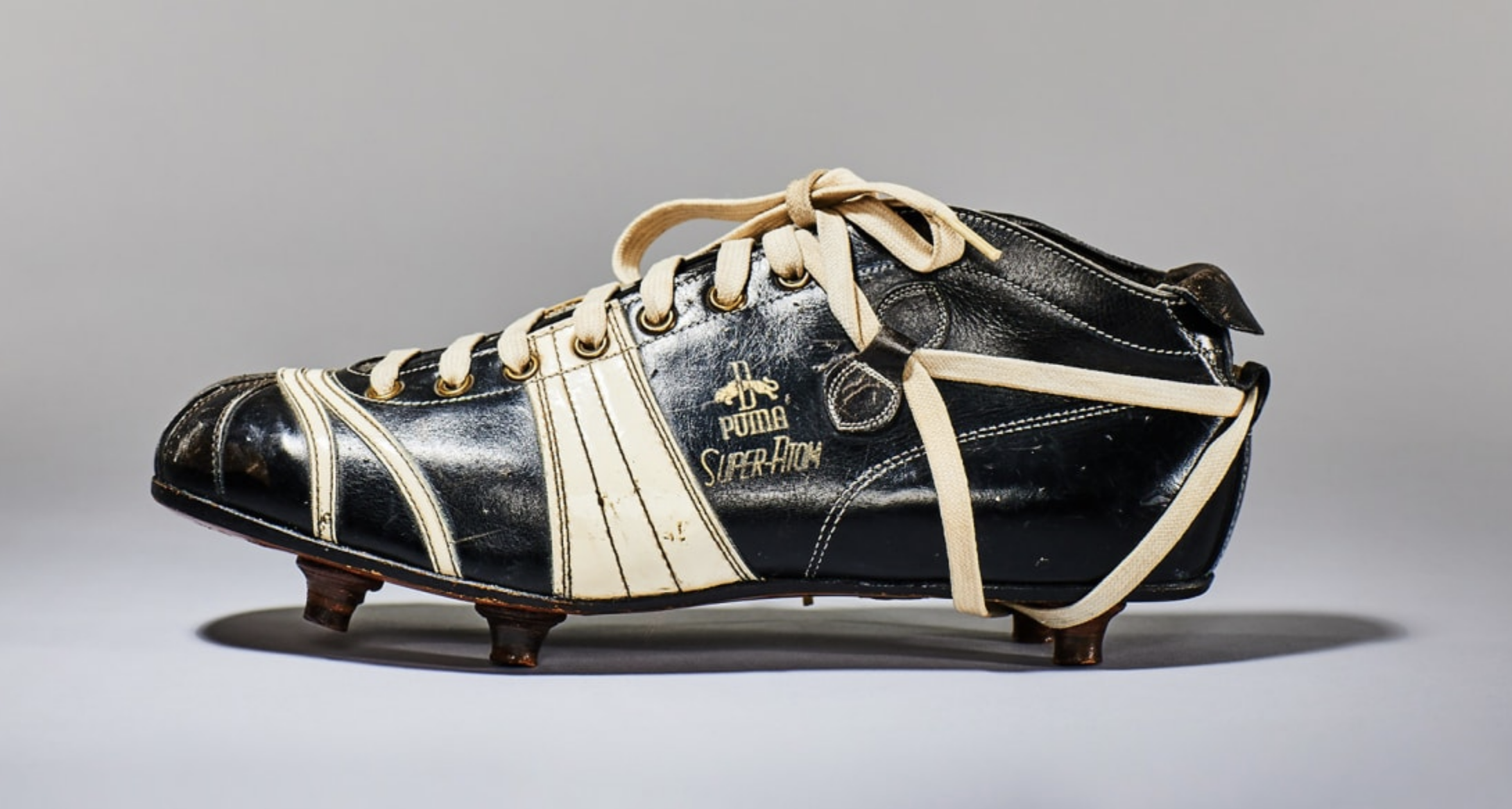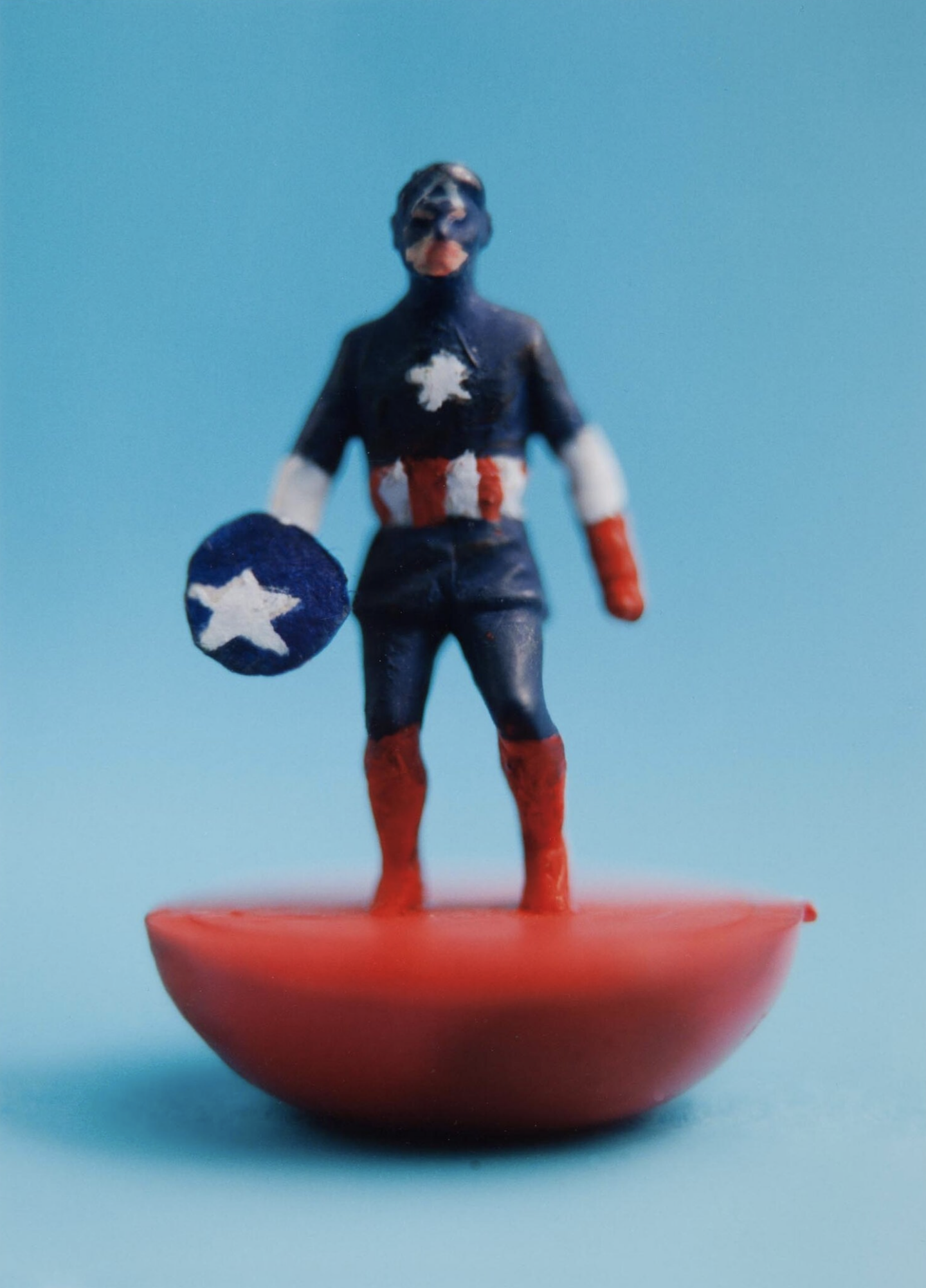The Silent Witness: Sometimes Encouragement Is Better Than Advice
West Ham fans at a game on 1 March 1930 pass a young boy to the front of the stand. Getty Images
'The only thing to do with good advice is to pass it on. It is never of any use to oneself.'
Oscar Wilde
My father was not one to offer advice to his children. True, he was wont to cite trusty aphorisms: ‘You can’t go wrong with a Cotes du Rhone,’ ‘Just the sight of water is very relaxing,’ and such like. And he would happily demonstrate how best to hold a pint jug. But, generally speaking, Dad did not volunteer sage life lessons or the wisdom of his extensive experience. Perhaps he didn’t feel qualified.
His was a style of passive parenting that has since gone out of fashion. He was certainly a constant presence at home: grumpy in the morning, watching sport on telly in the afternoon, eating dinner from a tray in the evening – and smoking Embassy throughout. But he was, for the most part, a silent witness to our adolescence.
So it was a surprise to see him one Saturday morning standing on the sidelines of one of my schoolboy rugby matches. He’d previously expressed little interest in my sporting adventures, and he’d not told me he was attending this fixture.
There was a cluster of other parents nearby. The usual suspects - goading, chiding and instructing at the top of their voices.
‘Watch the blind side!’
‘Take him round the legs!’
‘Test them with high balls!’
Dad stood separate and apart, taking a puff on his cigarette, keeping his own counsel.
Towards the end of the game I looked up and he was gone. He’d probably slipped away for a quiet pint in the New Inn.
Nonetheless, my father’s visit to the rugby had some effect. Although he had not offered any particular instruction, I ran faster, dived further and pushed harder that morning – all in the hope of impressing him. His silent presence had been an encouragement.
'Good advice is something a man gives when he is too old to set a bad example.'
Francois de La Rochefoucauld
I was chatting recently with my old friend, the magnificent BBH Creative Director Nick Gill. He told me that occasionally nowadays he is asked to meet a new, younger occupant of the Creative Director’s chair. His approach to these meetings is simple:
‘I always offer encouragement, not advice.’
Perhaps Nick senses that new leaders have their own ideas, their own plans, their own way of working. They want to create their own culture, set their own direction, leave their own mark. And they’d like to make their own mistakes too.
'I am glad that I paid so little attention to good advice; had I abided by it I might have been saved from some of my most valuable mistakes.'
Edna St. Vincent Millay
Sometimes advice, however well intentioned, can be confusing, misleading, patronising even. The lessons of the past may not necessarily map the future. Sometimes it’s better to offer words of encouragement and support. Or, like my father, simply just to be there.
'The people sensible enough to give good advice are usually sensible enough to give none.'
Eden Phillpotts
'Penetrating voices going through my head,
I haven't listened to a thing they've said.
Always there waiting with the answers,
Won't suffer the consequences.
Torn between the two,
Right or wrong,
There is no answer.
Don't tell me what to do.
It’s my choice.
I'll take it.
I'll chance it.
Don't dictate.
Don't dictate,
To me.’
Penetration, ‘Don’t Dictate’ (M Chaplin)
No. 380






